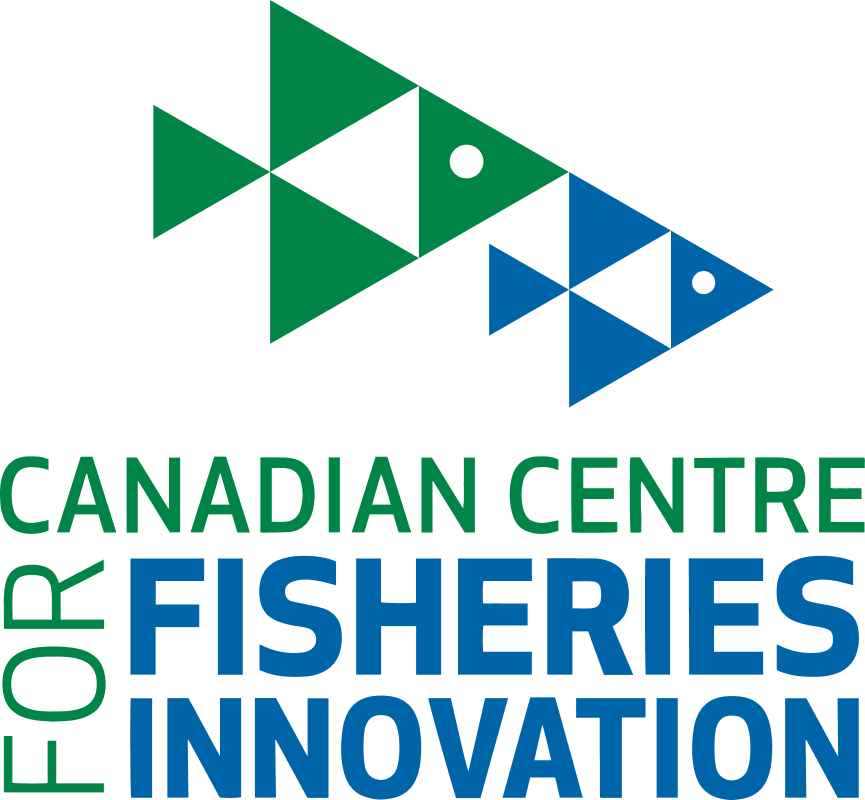HARVESTING SECTOR
Canada’s harvesting sector has thrived for over 200 years; operating off the coasts of a country the longest coastline in the world and some of the most plentiful freshwater resources. The national harvesting sector supports more the 90,000 jobs in local, coastal and Indigenous communities, and generates more than $9 billion in contributions to the national GDP annually.
Working with stakeholders in this sector, CCFI has helped develop enhancements to harvesting equipment, examined the impacts of changing environmental conditions, and supported the development of new species and new product forms for new markets throughout the world. A few examples of our work in this regard are presented below.
FAQs
A recent challenge facing the Northern Canadian shrimp harvesting industry is regulatory requirements involving redfish bycatch. Resource management protocols were put in place to protect juvenile redfish, and those protocols include a requirement that if 2.5% of the fish harvested from one shrimp trawl proves to be redfish instead of shrimp, the harvesting vessel must move at least 10 nautical miles away from where it is harvesting – potentially causing significant costs for shrimp harvesters.
To ensure protection of valuable juvenile redfish while preserving the viability of shrimp fishing, the industry has partnered with CCFI to engineer a new design for harvesting equipment so that redfish bycatch can be avoided almost entirely. The equipment has been tested in research facilities as well as aboard fishery vessels in sea trials to show how the new design will enhance the sustainability of the industry, and refinements over the course of the research are expected to produce new equipment that can be broadly adopted by industry players.
CCFI played a vital role assisting seafood stakeholders in researching and establishing a successful sea cucumber industry off the coasts of Newfoundland and Labrador. CCFI’s work ranged from feasibility research, to researching an approach to processing that would be adopted by industry. Today, Newfoundland and Labrador based seafood companies produce more than 6,600 tonnes of sea cucumber annually, which had generated more than $10 million a year in recent years.
“Ghost gear” is a major concern for the environmental sustainability of the harvesting sector. The term “ghost gear” refers to any fishing gear that has been abandoned, lost or otherwise discarded (for example nets, line, rope, traps, pots, and floats). It is estimated that between 5% to 30% of harvestable fish are fished by ghost gear globally, posing a major threat to human health, livelihoods and global food security. To address concerns regarding ghost gear, CCFI led a collaborative research effort involving inshore fish harvesters, the Fish, Food and Allied Workers Union (FFAW) and Fisheries and Marine Institute researchers to investigate suitable biodegradable twines for use in crab pots. The result was valuable information that helped harvesters adopt the twine in their gear and get ahead of Federal regulations that eventually required the used of biodegradable twine in the snow crab fishery.

